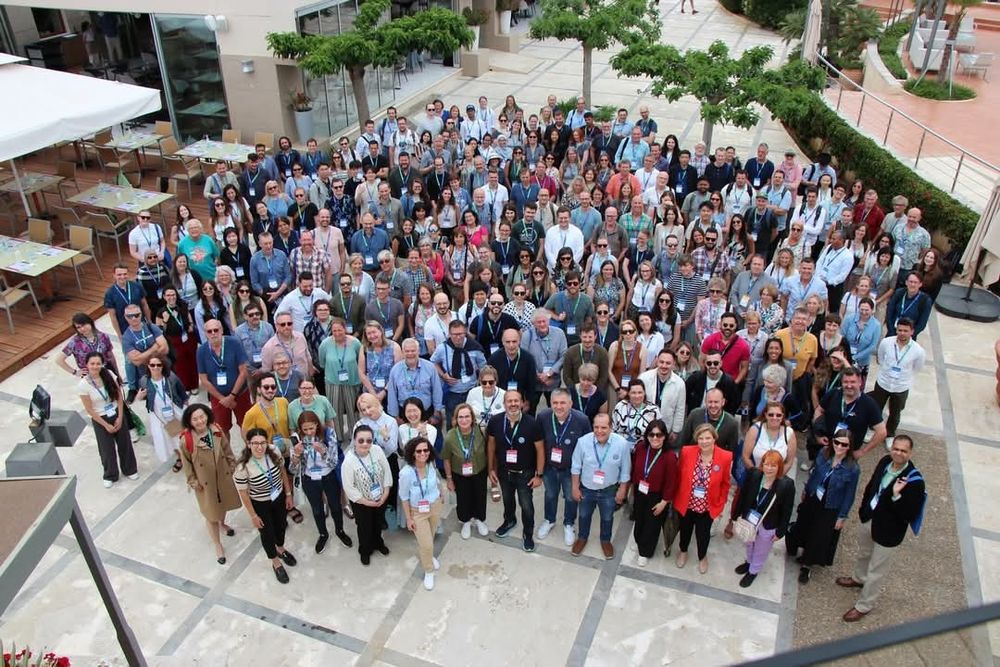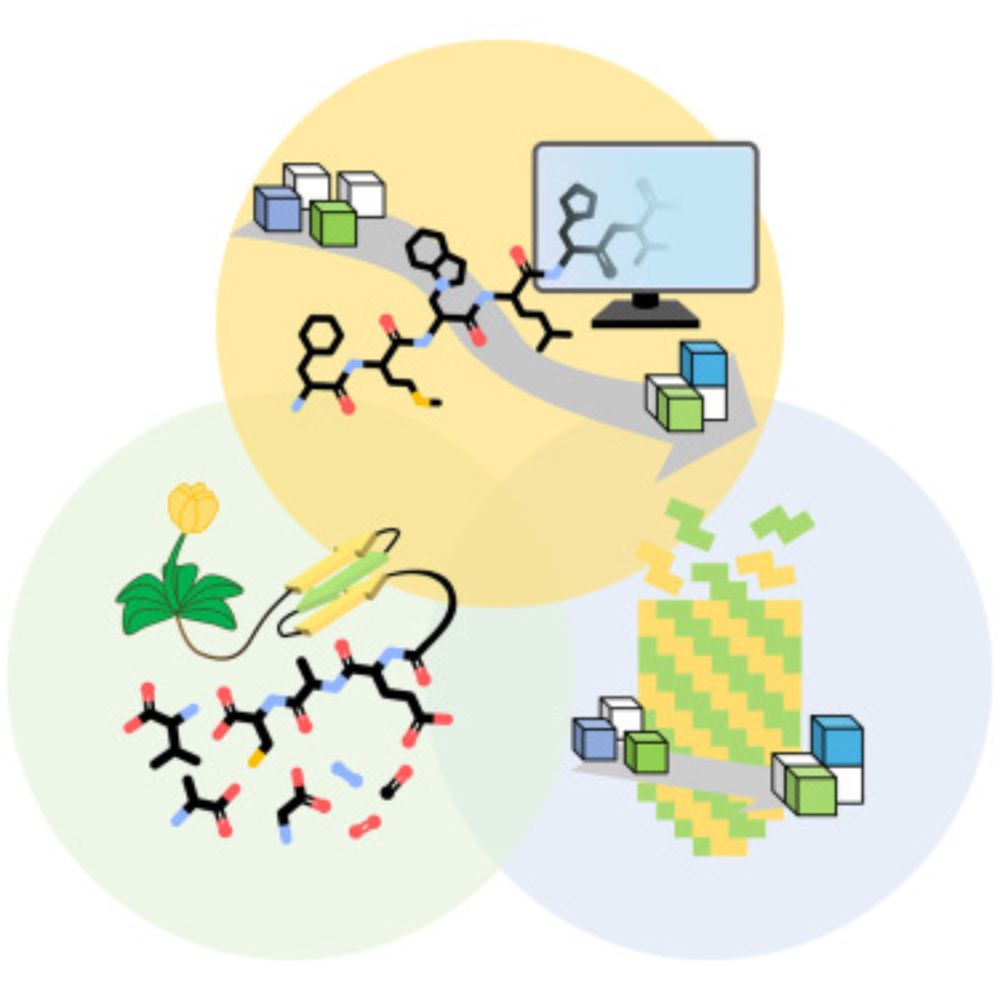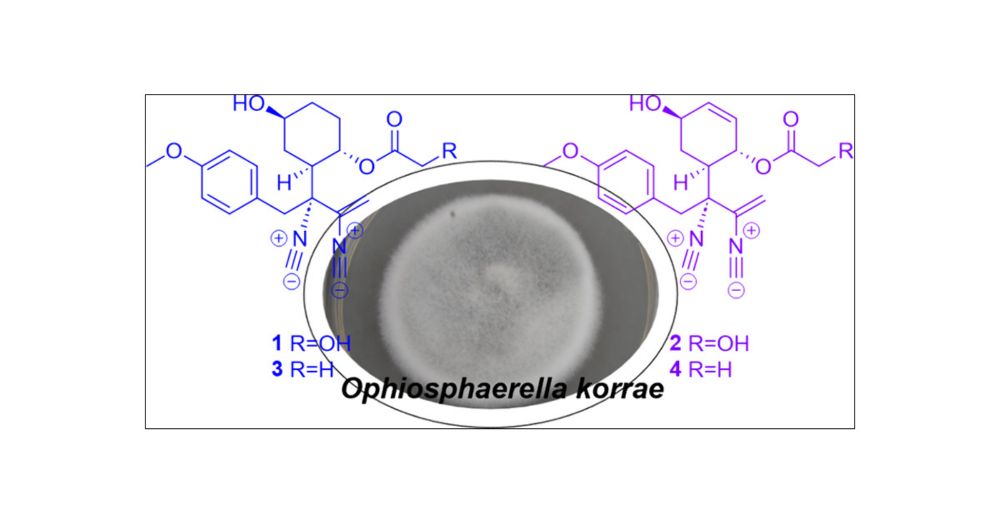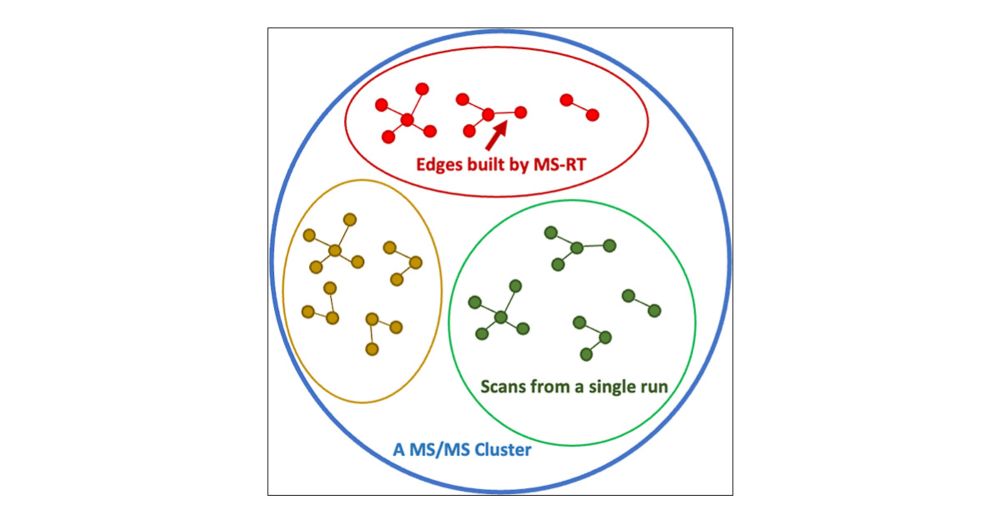

Great collaboration with Pilar Junier
www.sciencedirect.com/science/arti...

Apply here: www.wur.nl/en/vacancy/p...
Please share!
Apply here: www.wur.nl/en/vacancy/p...
Please share!
Great collaboration with Pilar Junier
www.sciencedirect.com/science/arti...

Great collaboration with Pilar Junier
www.sciencedirect.com/science/arti...
@ictc13.bsky.social

@ictc13.bsky.social






Tom did a fantastic job highlighting current trends & opportunities in peptide catalysis — now published in Chem Catalysis (open access). Huge congrats, Tom!
www.cell.com/chem-catalys...

Tom did a fantastic job highlighting current trends & opportunities in peptide catalysis — now published in Chem Catalysis (open access). Huge congrats, Tom!
www.cell.com/chem-catalys...
It includes a comprehensive benchmark of structure-based drug design (SBDD) methods and presents a full, practical pipeline for antibiotic discovery.
arxiv.org/abs/2504.11091

It includes a comprehensive benchmark of structure-based drug design (SBDD) methods and presents a full, practical pipeline for antibiotic discovery.
arxiv.org/abs/2504.11091
pubs.acs.org/doi/10.1021/...

pubs.acs.org/doi/10.1021/...
We enjoy knowing if metabolite is active before isolating it, and so should you! #natprod

We enjoy knowing if metabolite is active before isolating it, and so should you! #natprod

www.thevermilion.com/why-could-a-...

www.thevermilion.com/why-could-a-...




doi.org/10.1021/acs....

doi.org/10.1021/acs....
@uzhchemistry.bsky.social @juriceklab.bsky.social #pisky #chemsky #chemistryisfun #funexperiments
@uzhchemistry.bsky.social @juriceklab.bsky.social #pisky #chemsky #chemistryisfun #funexperiments



